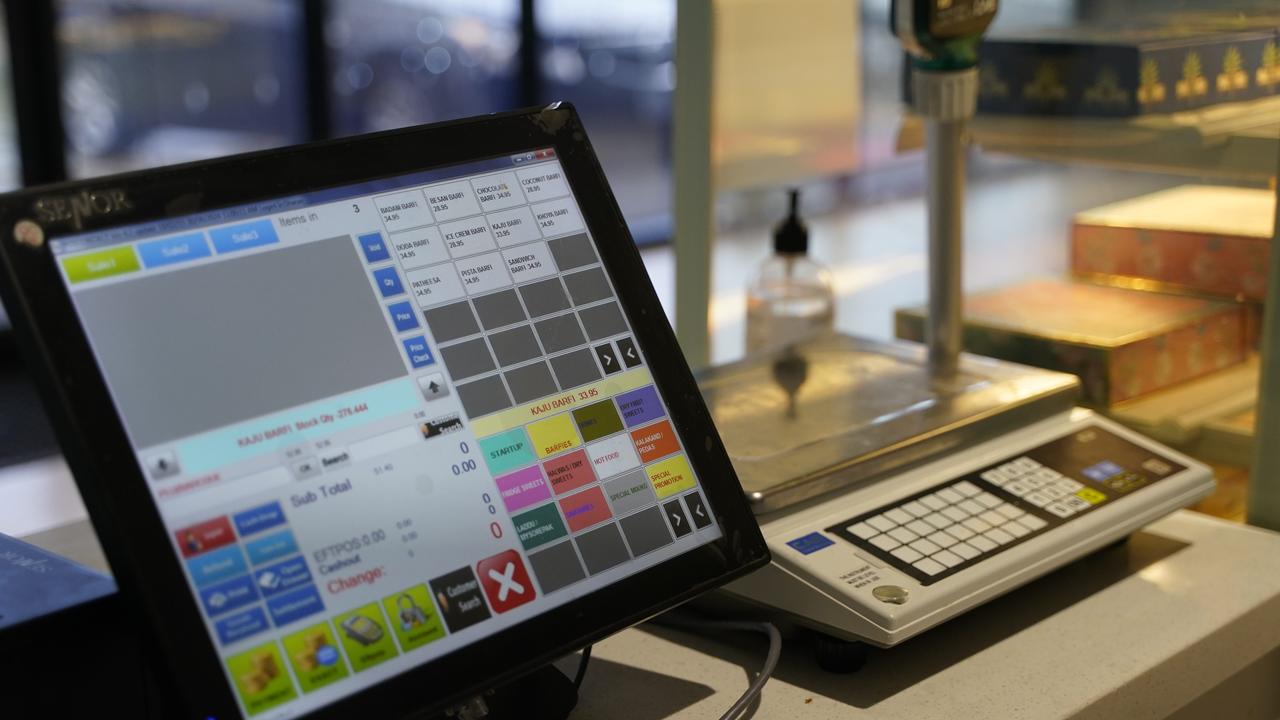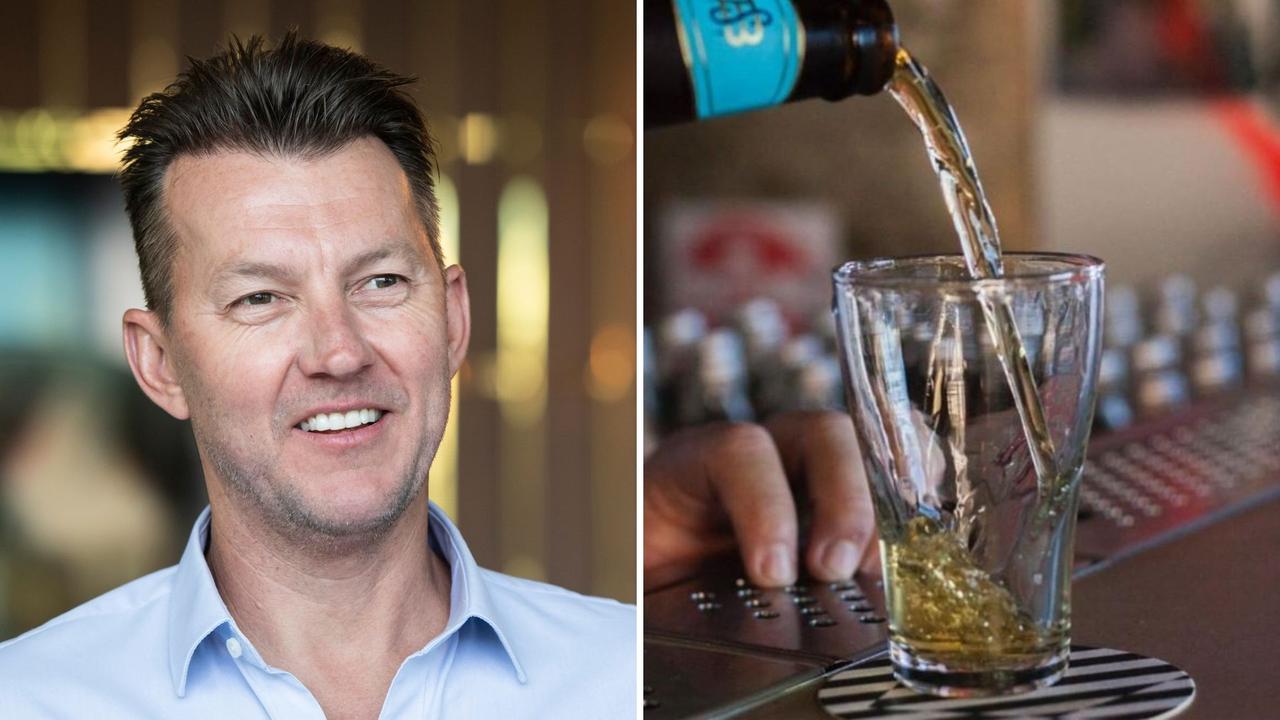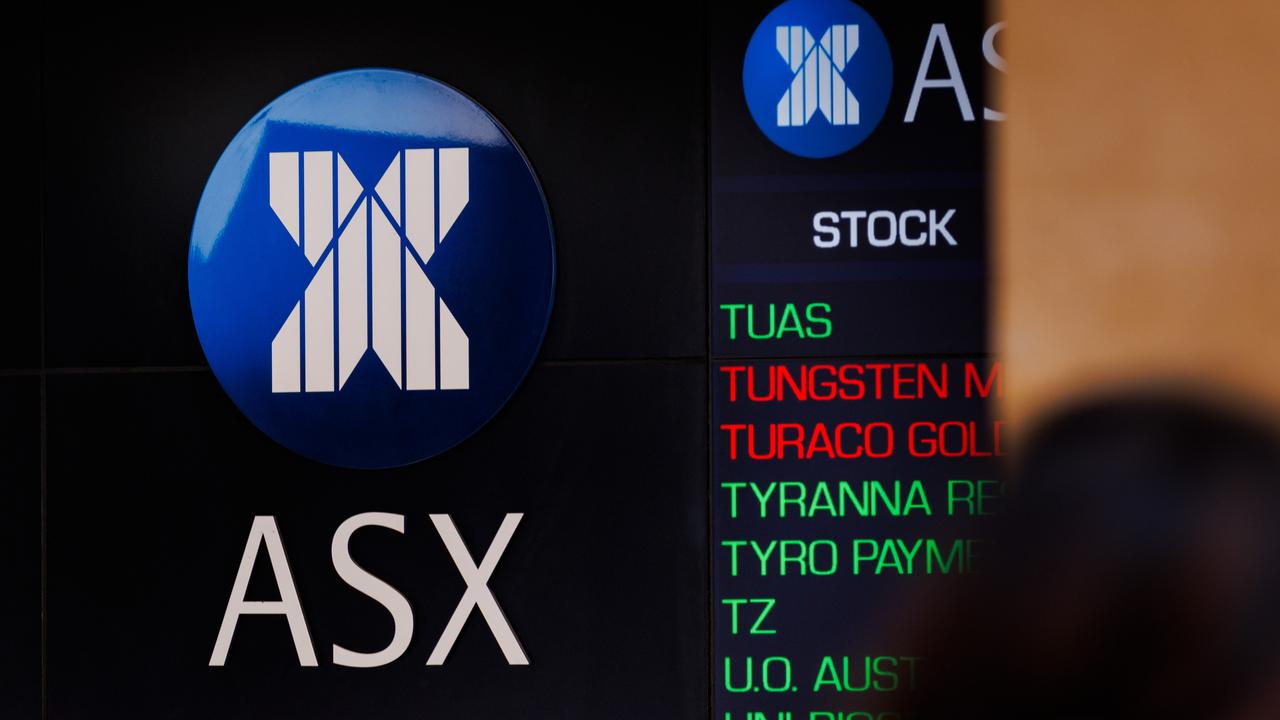Billion-dollar products that were complete rip-offs
BELIEVE it or not, many of the world’s most popular products were actually ideas ripped off from someone else.
EVERY time you eat a Big Mac or play with Lego, you’re supporting theft.
In fact, many of the world’s best known and most financially successful products were actually copied from earlier competitors, who have mostly been consigned to the dustbin of history.
Whether due to cutthroat business practices, poor marketing or just plain bad timing, here are some of the original products that were left behind by their copycats.
HERSHEY’S KISSES
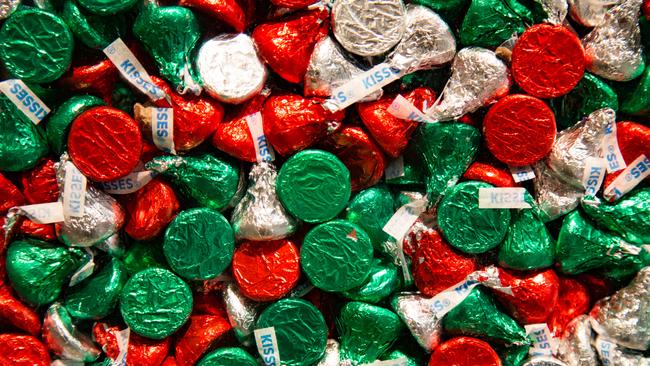
WILBUR CHOCOLATE BUDS
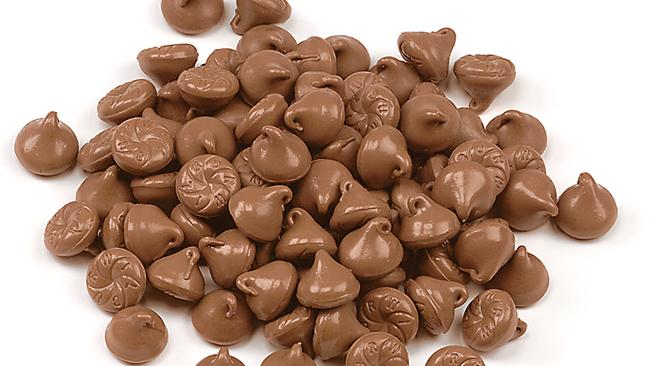
With annual sales of more than $10 billion, The Hershey Company is one of the world’s Big Four chocolate makers alongside Cadbury owner Mondelez, Mars and Nestle.
But its signature product, the one that catapulted it to the top of the chocs, was actually a rip-off of a competitor. In 1894, a full 13 years before the Hershey’s Kiss was created, rival chocolate maker H.O. Wilbur and Sons pioneered the design with its Wilbur Buds.
Samira Kawash, author of Candy: A Century Of Panic And Pleasure, said Hershey wasn’t the only copycat, and in 1909 Henry Wilbur even tried taking some of his imitators to court.
“Unwrapped, the Wilbur Bud was quite distinctive — the bottom of the candy was moulded into a flower shape and the letters W-I-L-B-U-R embossed in each petal,” she wrote on her blog Candy Professor.
“In contrast, the Hershey’s Kiss then as now isn’t much to look at. It is just a plain cone, its bottom flat and unadorned. While this perhaps was less lovely to behold, it did mean the Kiss could be manufactured by dropping the chocolate on a flat belt, rather than needing special moulds.
“The decisive moment for the Hershey’s Kiss was 1921, when new manufacturing equipment allowed the foil wrapping to be automated. Wilbur, and many other small American chocolate concerns, eventually fell behind Hershey in the race for market share.”
ANGRY BIRDS
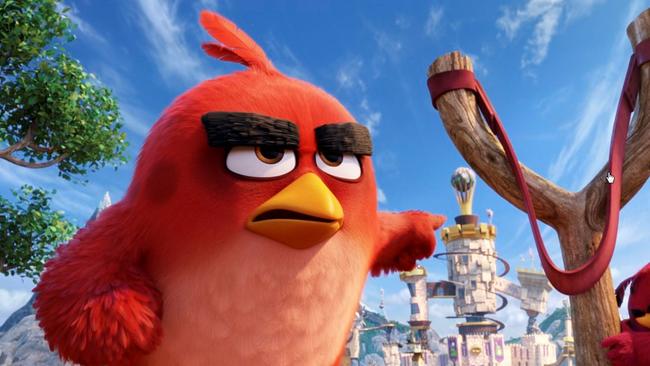
CRUSH THE CASTLE
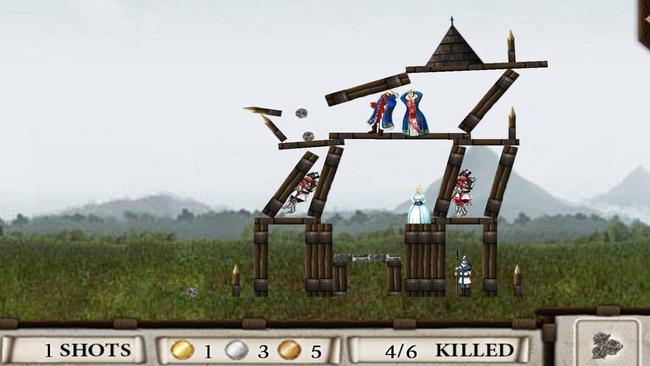
In 2009, California-based Armor Games released a free Flash-based browser game called Crush The Castle. The goal of the game was to kill the inhabitants of a castle using rocks or bombs flung from a trebuchet.
Just eight months later, Finnish game developer Rovio released Angry Birds for iOS, featuring the exact same gameplay — but in the place of rocks or bombs, players shot multi-coloured birds to knock down fortresses created by green pigs, to retrieve their stolen eggs.
“Although it copied the concept of Crush The Castle, Rovio improved everything about it: the user interface, the art, the music, the level designs,” Wired wrote in 2012. “But it was still based on someone else’s gameplay insight.”
Released just when iPhones and the App Store were booming, Angry Birds was an instant smash hit. Today the games have been downloaded billions of times, while Crush The Castle is largely forgotten.
Things aren’t all rosy for Rovio, though — after a much-hyped $1.3 billion float on the Helsinki Stock Exchange in September, shares in the company have more than halved as it struggles to convince players to pay for bonuses in its “freemium” games.
While Rovio faces accusations of being a “one-trick pony” unable to replicate the success of Angry Birds, owning one of the most successful game franchises of all time — complete with movie and TV spin-offs — is not a terrible problem to have.
THE BIG MAC
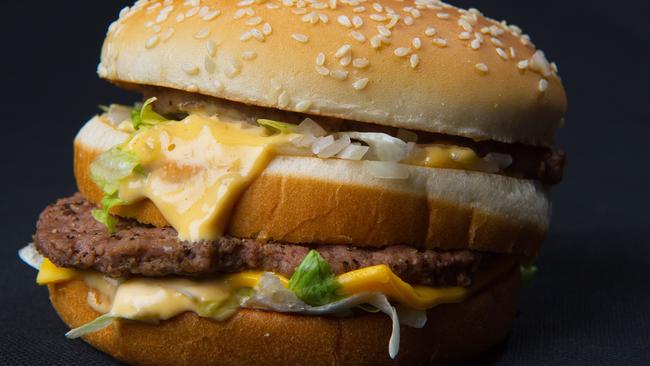
DOUBLE DECK CHEESEBURGER
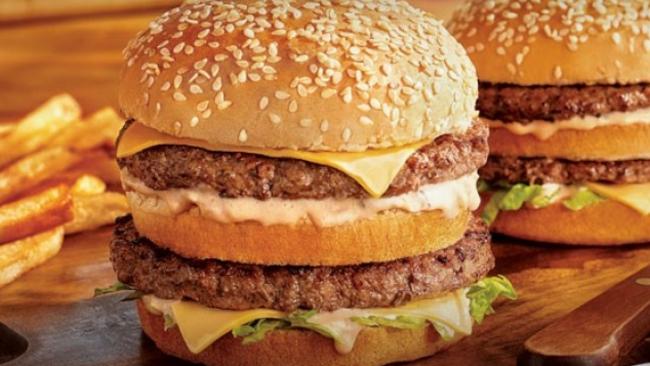
When McDonald’s franchisee Jim Delligatti invented the iconic Big Mac in 1967, he was more than 30 years late to the party. Mr Delligatti was inspired by rival chain Big Boy’s Classic Double Deck Cheeseburger, created in 1937 by Bob Wian at his Glendale, California burger stand, then known as Bob’s Pantry.
“My ideas were working out all right, but a hamburger joint is just a hamburger joint until it wins a reputation,” Wian told The Milwaukee Journal in 1958.
“It takes an idea to give a place a reputation. I was always looking for just the right idea and then one night in February of 1937 some of the Glendale high school orchestra dropped in, as was their custom.
“‘The usual burger, I guess,’ one ordered. Then another asked, ‘How about something different, something special?’ I took this challenge and got to work. The guy raved and before long my special was pulling in trade.”
At the time the Big Mac was introduced, McDonald’s was lacking a signature burger. By 1968, it was on the menu in every restaurant, and soon accounted for nearly one fifth of all sales. Today, roughly one billion are sold every year.
Speaking to the Los Angeles Times in 1993, Mr Delligatti conceded he didn’t come up with the idea of a double-decker burger. “This wasn’t like discovering the light bulb,” he said. “The bulb was already there. All I did was screw it in the socket.”
SNUGGIE
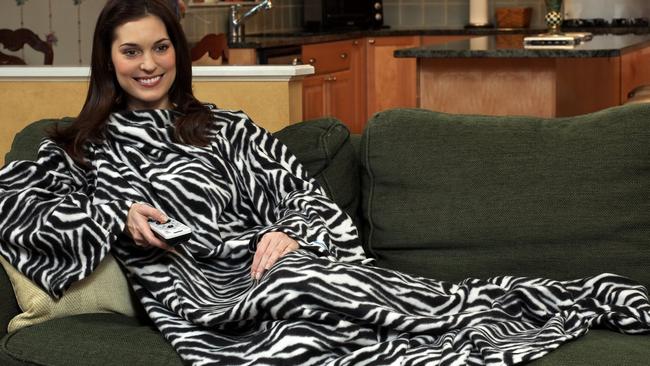
SLANKET
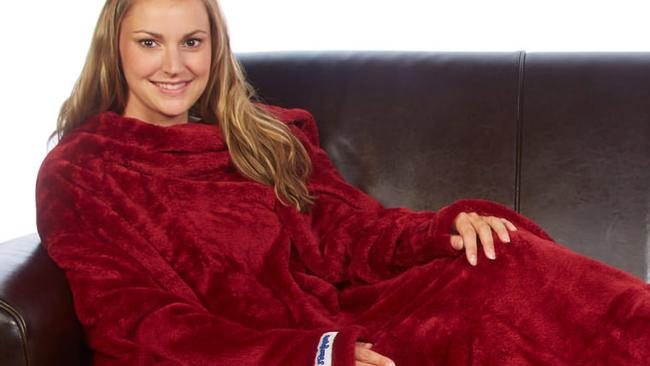
One freezing night in 1998, while watching Late Night With Conan O’Brien, university student Gary Clegg decided to tear a hole in his sleeping bag so he could keep his upper body warm but still channel surf during ad breaks.
And so the Slanket — the first sleeved blanket — was born. It wasn’t until 10 years later, however, that the idea really took off. And unfortunately for Mr Clegg, it wasn’t the Slanket people were talking about.
“In 2008, Clegg found that his product, a blanket with sleeves, had been eclipsed by The Snuggie, another sleeved blanket,” John Deighton and Leora Kornfeld from Harvard Business School wrote in a case study on Snuggie’s “brazen” use of marketing to eclipse its rival.
Key to Snuggie’s success was a $13.5 million spend on TV infomercials. The bizarre two-minute ad became a pop culture phenomenon, “talked about on popular television programs such as Oprah and The Tonight Show With Jay Leno” and inspiring hundreds of parodies on YouTube.
While Mr Clegg was doing respectable sales, bringing in more than $9 million in 2009, the cheaper, lower-quality Snuggie went on to sell more than 30 million units to the tune of $676 million in its first five years.
“The problem with certain products is they sit in the back of a catalogue, they sit on a retail shelf, and nobody knows about them,” Snuggie CEO Scott Boilen told Yahoo in 2013. “Through the magic of TV and awareness you can build a tremendous thing.”
LEGO
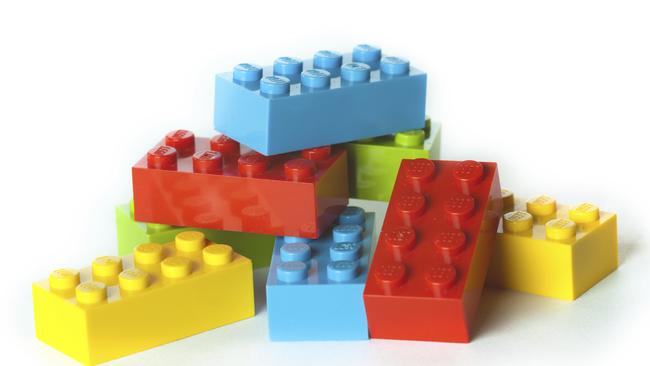
KIDDICRAFT
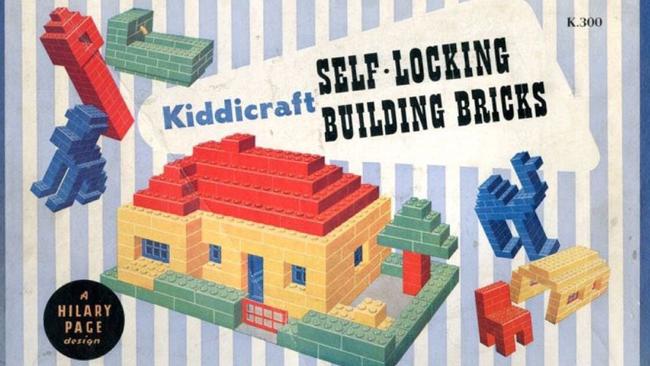
In 1949, Danish company Lego began selling its now ubiquitous plastic building blocks, which were based in part on UK toymaker Kiddicraft’s Self-Locking Building Bricks that had been released two years earlier in 1947.
As the story goes, Lego founder Ole Kirk Kristiansen copied and modified the design after being given handful of Kiddicraft bricks by a salesman showing off what the plastic injection-moulding machine could do at a demonstration in Copenhagen.
There is much debate about whether Lego did anything wrong. Kiddicraft founder Hilary Fisher Page’s invention was only patented in the UK, and it was common for toymakers at the time to copy each other’s designs.
In subsequent years, Lego — which went on to on acquire the rights to Kiddicraft bricks in 1981 — would be involved in numerous intellectual property disputes in various jurisdictions, many hinging on whether “simple” shapes can be protected.
Regardless, Lego’s Automatic Binding Bricks went on to become a smash hit, while Kiddicraft faded into relative obscurity. In 1957, amid financial woes at his company and struggling to deliver on an ambitious new line of toys, Mr Page committed suicide.
While some folklore attempts to pin the blame for his death on Lego stealing his idea, Mr Page’s widow told The Daily Mail in 1987, “He died before Lego brought out the product in Britain. He didn’t know about it.”
BARBIE
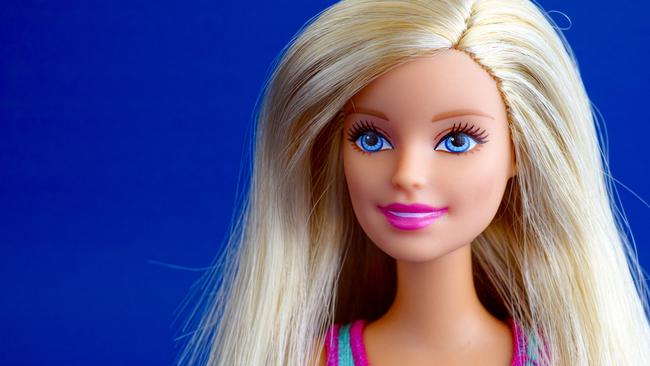
BILD LILLI
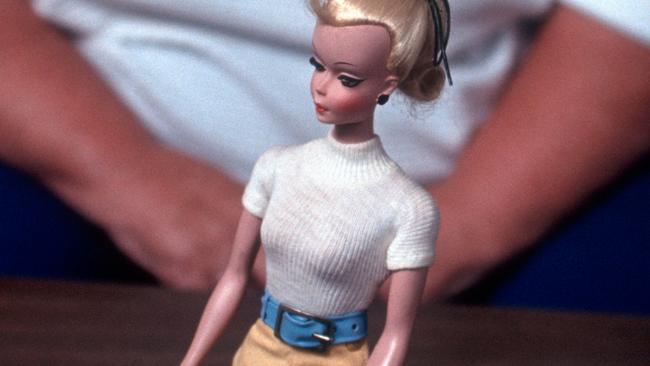
In 1956, American businesswoman and co-founder of the Mattel toy company Ruth Handler was holidaying with her family in Switzerland when her 15-year-old daughter Barbara came across an “adult novelty” toy in a gift shop.
The Bild Lilli doll, a busty blond with a high ponytail and exaggerated curves, was based on a popular character created by artist Reinhard Beuthien for a comic strip that ran in German tabloid Bild-Zeitung during the 1940s and ’50s.
“Lilli dolls could be bought in tobacco shops, bars and adult-themed toy stores,” author Robin Gerber writes in Barbie And Ruth. “Men got Lilli dolls as gag gifts at bachelor parties, put them on their car dashboard, dangled them from the rearview mirror, or gave them to girlfriends as a suggestive keepsake.”
Ms Handler had previously suggested a similar idea of an adult-bodied doll to her husband Elliot, after seeing her daughter playing with paper dolls. She bought three Bild Lillis, and after a child-friendly redesign, Barbie made her debut at the American International Toy Fair in New York on March 9, 1959.
In 1962, Elliot attributed Barbie’s success to “razor and razor blade” technique. “You get hooked on one and you have to buy the other,” he told Time Magazine. “Buy the doll and then you buy the clothes. I know a lot of parents hate us for this, but it’s going to be around a long time.”
German toymaker Greiner & Hausser sued Mattel and the companies settled out of court in 1963, with Mattel purchasing its copyright and patents the following year, the Los Angeles Times reported. Greiner & Hausser collapsed in 1983.
OREO
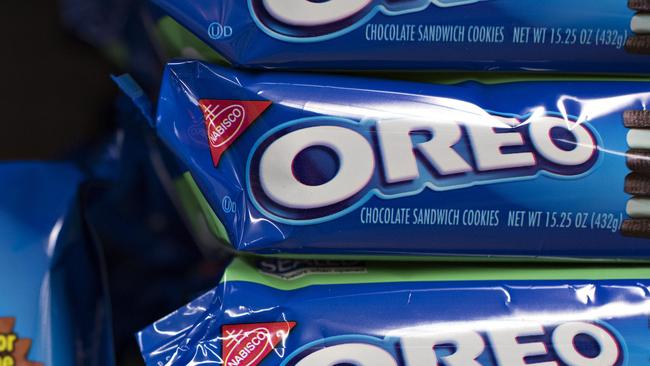
HYDROX
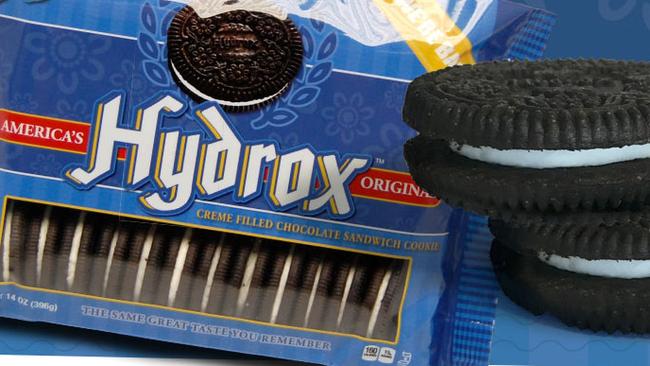
It probably comes as no surprise that the Oreo is the world’s favourite cookie, with the iconic combination of two chocolate biscuits with a crème filling generating more than $US2 billion ($A2.7 billion) in annual sales across more than 100 countries.
Invented by snackmaker Nabisco and first sold at Chelsea Market bakery in Manhattan on April 2, 1912, the Oreo was actually a direct rip-off of something called the Hydrox cookie, created by rival Sunshine Biscuits four years earlier.
Author Ernie Smith argued Hydrox cookies were “probably doomed because they were called Hydrox”.
“The name, they thought, would be reminiscent of the sunlight that glimmered through its factories, in addition to speaking to a basic purity of product,” he said.
“The truth was a bit more complicated, however. Intended to imply hydrogen and oxygen — the two chemicals that make up water — the result has a more clinical, less roll-off-the-tongue convention to it, and instead evokes hydrogen peroxide, a chemical you probably don’t want to drink.
“And it didn’t help that that there was an existing Hydrox Chemical Company on the market, one that sold hydrogen peroxide … Long story short, it was a weird name for a cookie.”
Despite Oreo being the imitator, Hydrox was frequently mistaken for a cheap knock-off. The brand was discontinued in 1999 after Sunshine was acquired by Keebler. In 2015, Leaf Brands purchased the abandoned trademark and relaunched “America’s first chocolate sandwich cookie”.



